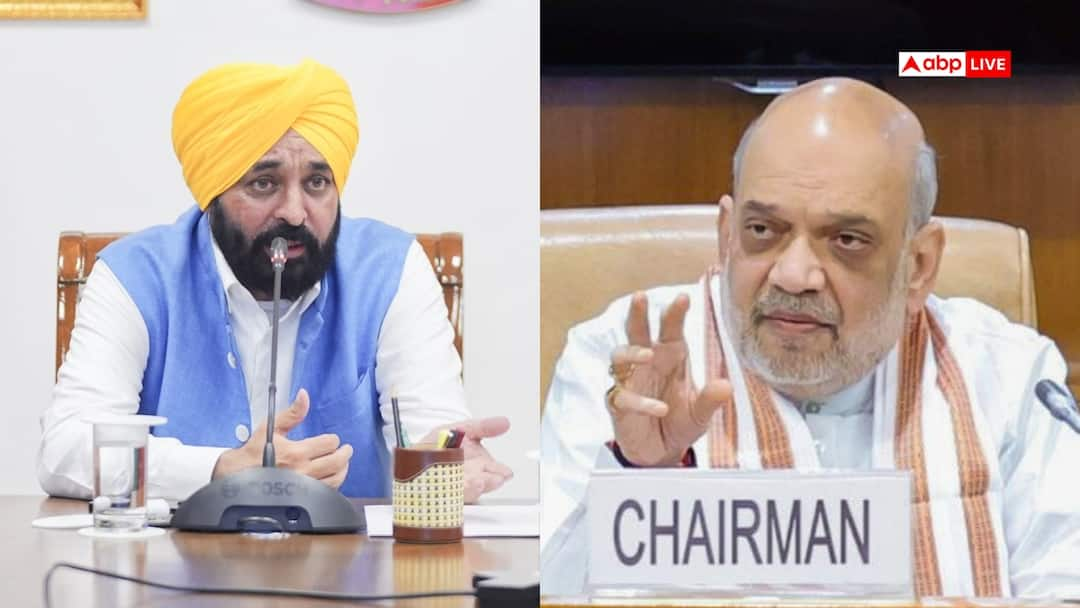A fresh political storm has erupted out after the Central government has signalled its intent to place Chandigarh under Article 240 of the Constitution, a change that would allow the President to frame regulations for the Union Territory directly. At present, Chandigarh is administered by the Governor of Punjab, as it serves as the shared capital of both Punjab and Haryana.
According to a recent Parliament bulletin, the Constitution (131st Amendment) Bill, 2025 is expected to be tabled during the upcoming Winter Session commencing on 1 December.
The announcement has immediately triggered sharp reactions across Punjab’s political spectrum. Leaders from the ruling Aam Aadmi Party, as well as the Congress and the Shiromani Akali Dal, have criticised the move, calling it “anti-Punjab”.
What Article 240 Says
Article 240 empowers the President to enact regulations for the “peace, progress and good government” of certain Union Territories. These include:
- Andaman and Nicobar Islands
- Lakshadweep
- Dadra and Nagar Haveli
- Daman and Diu
- Puducherry
These regulations carry the same force as laws passed by Parliament.
Why Chandigarh Is Not Covered Under Article 240
Chandigarh became a Union Territory in 1966 after Haryana was carved out of Punjab. Since then, it has operated as the joint capital of both states and is overseen by an administrator, currently the Punjab Governor.
For decades, political leaders in Punjab have maintained that Chandigarh rightfully belongs to the state, while also reiterating the need for Haryana to establish its own separate capital. Any shift in Chandigarh’s administrative structure has therefore remained a sensitive and highly contested issue.



